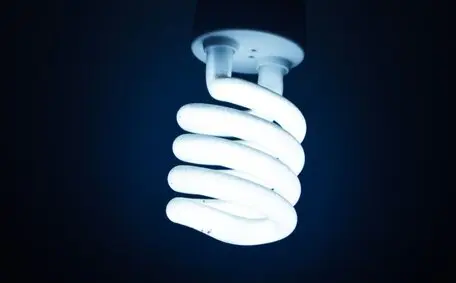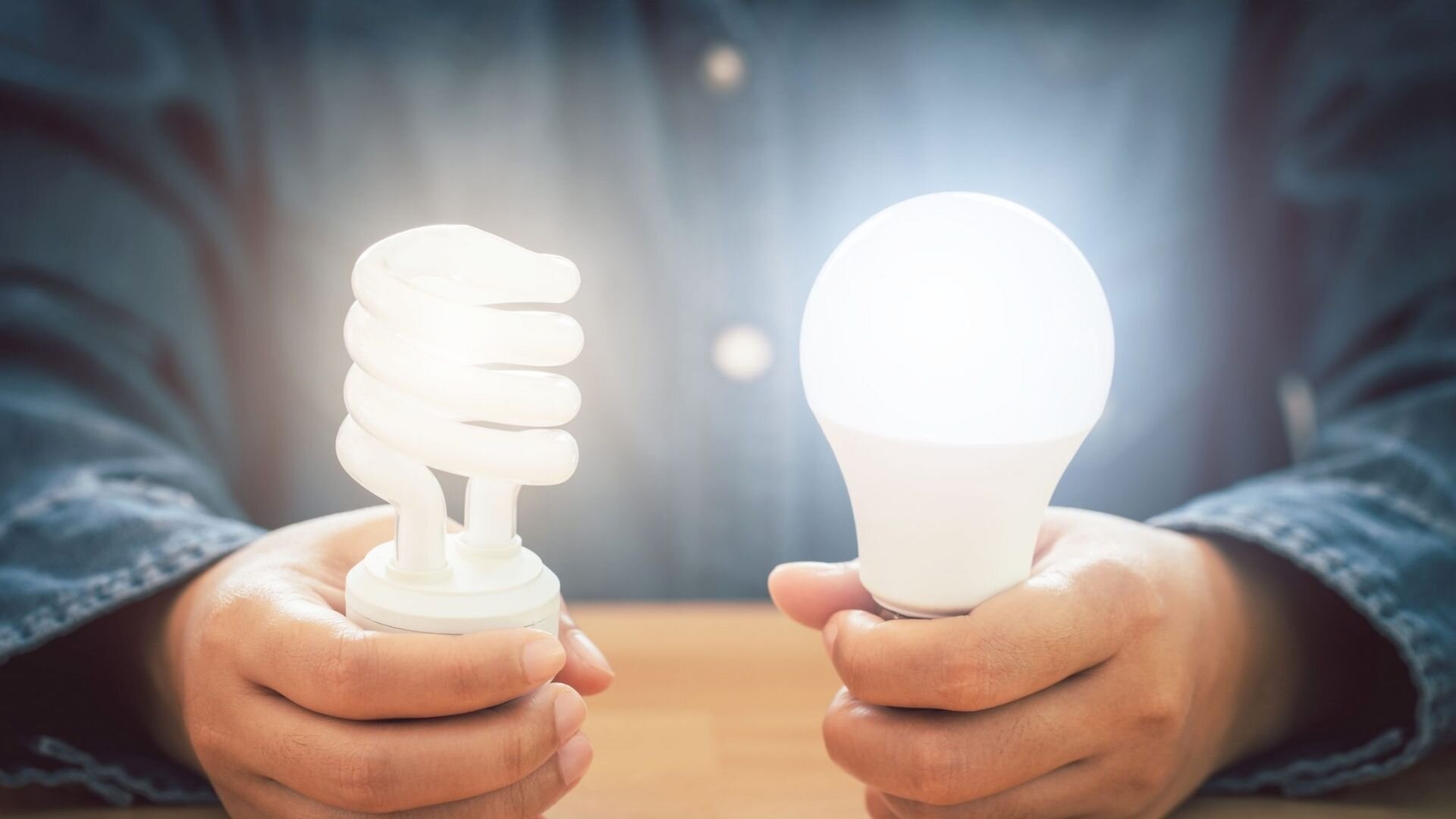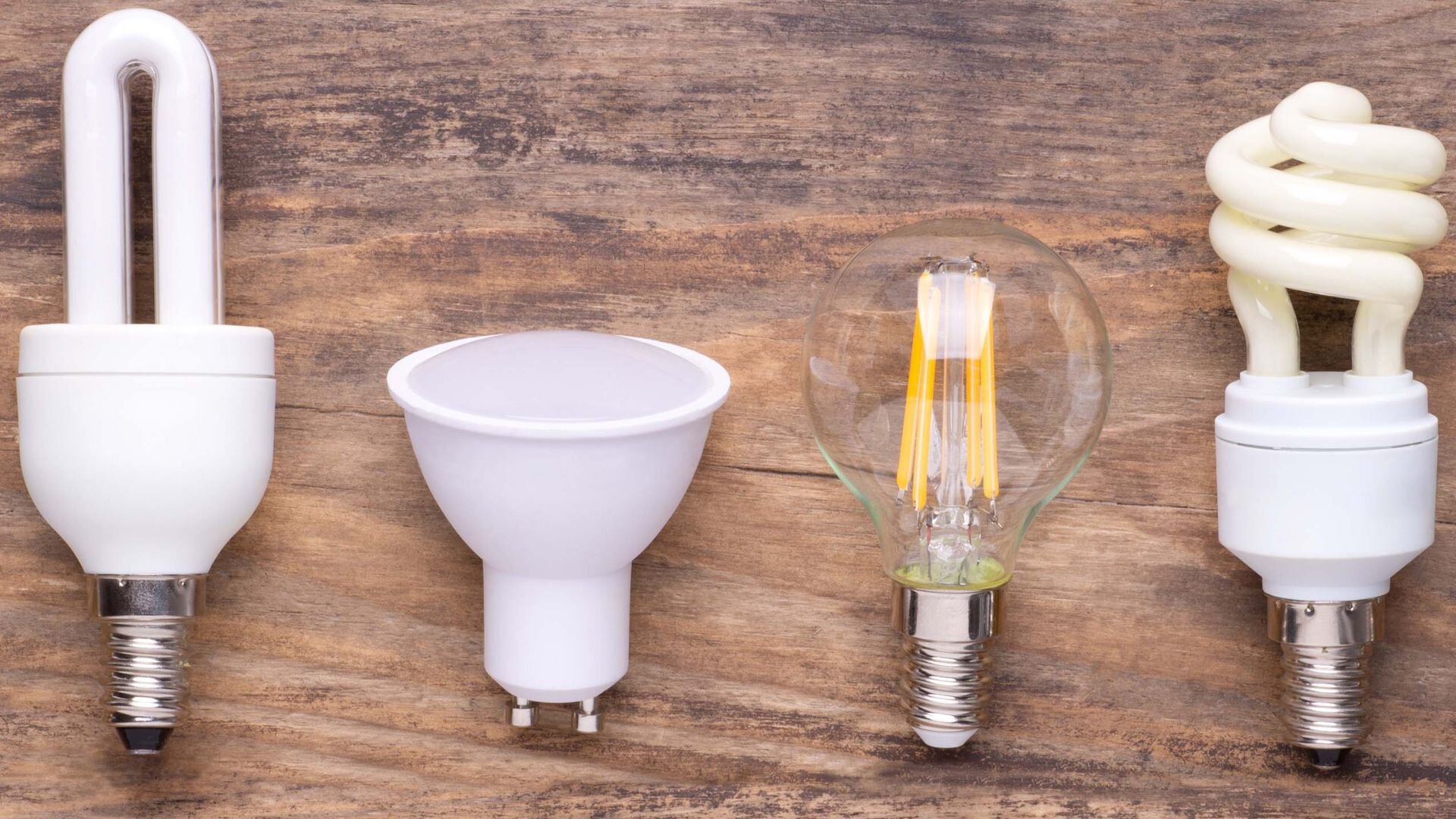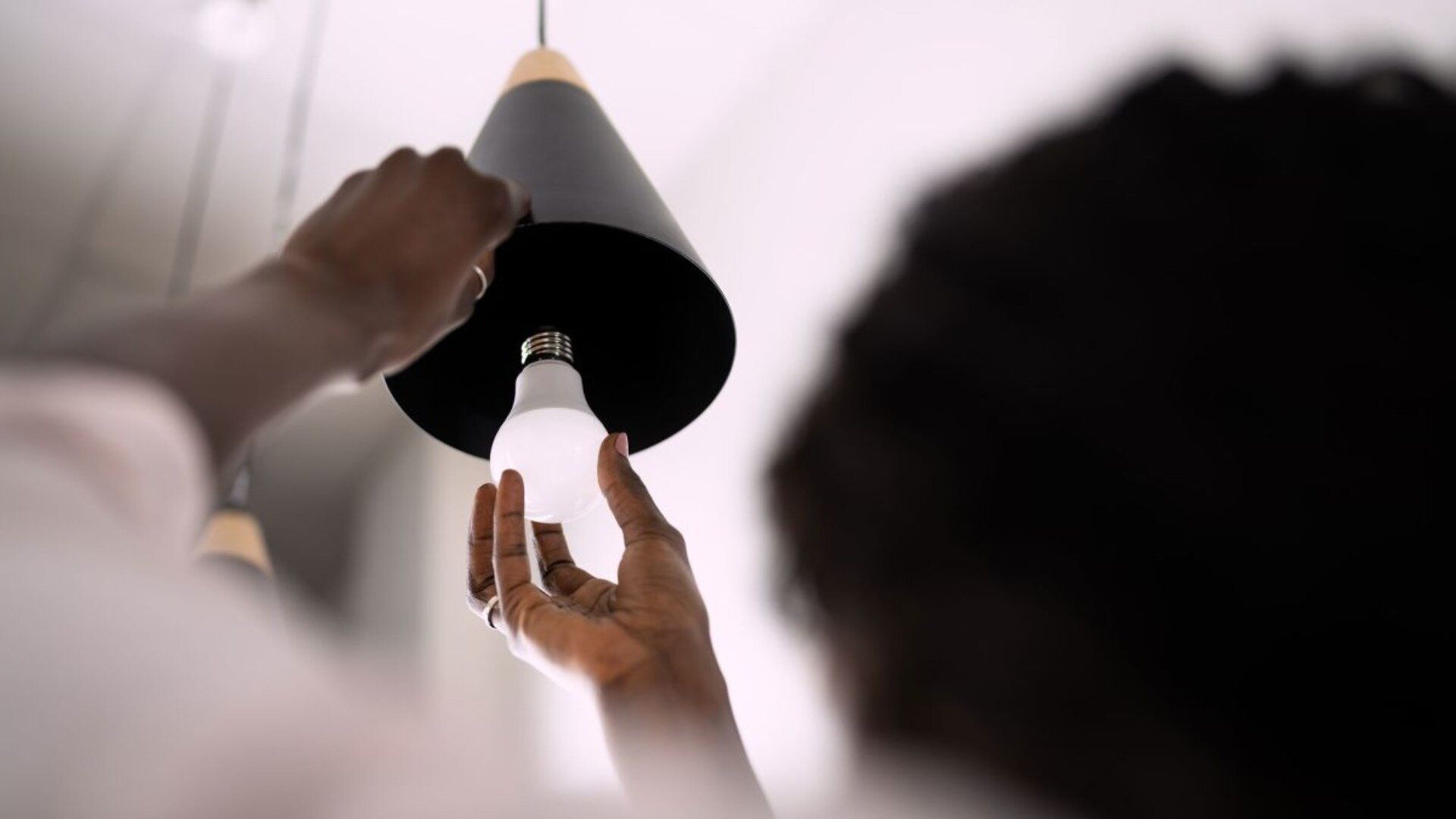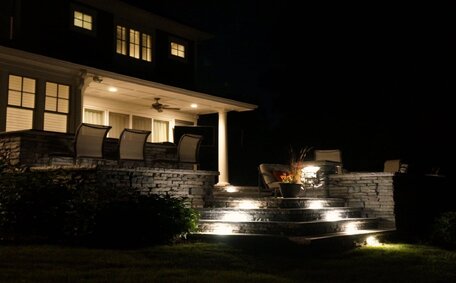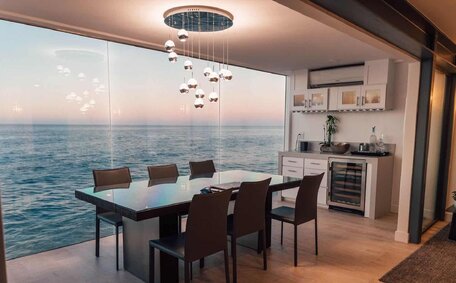Shopping for new lights or swapping out old ones? It’s key to know the differences between popular bulb types like LEDs, incandescent bulbs, and CFLs. Each shines in its own way with unique pros and cons. With new lighting tech evolving and older bulbs being phased out, choosing can be tricky. This guide simplifies the tech talk to help you compare different bulb options and find your perfect match.
In this post, we’ll compare these three bulb options across important factors, such as energy usage, lifespan, light quality and costs. You can better grasp how these lighting solutions differ by looking at real-world metrics like lumens, wattage, and product lifespan. We’ll explain each factor in simple terms - no electrical engineering degree is required.
By the end of this guide, you’ll have the know-how to choose the best lighting tech for your needs and home. Let’s dig into what makes each bulb unique and how they compare. With this straightforward comparison, you can shop for lights with confidence and make the switch to energy efficiency.
Incandescent Bulbs
Incandescent bulbs, around for over a century, light up by heating a tungsten filament until it glows. Though they emit a cosy, warm white light, they’re less efficient, consuming more energy for fewer lumens compared to other bulbs.
Incandescents last around 750-2000 hours on average. While they have a very low upfront price, their high wattage means operating costs are much greater due to the frequent replacement of bulbs.
CFL Bulbs
Compact fluorescent lamps (CFLs) emerged as a smarter alternative to incandescents. They shine for much longer—usually between 8,000 to 15,000 hours—and consume 75% less energy while giving off similar light.
However, CFLs contain small amounts of mercury, which require special disposal. Their light appears bluish until warming up fully, and some types have difficulty working with dimmers.
LED Bulbs
Light-emitting diodes (LEDs) are the newest mainstream technology. LED bulbs can last around 20 years, based on usage models. They are 85% more efficient than incandescent, producing the same lumens.
LEDs come in a wide range of colours and have no hazardous materials. Some types are dimmable, and all provide instant illumination. With prices continuing to drop, LEDs are an investment that saves money in the long run through minimal operating costs.
Comparing the Metrics
When choosing between different types of lights, there are a few key metrics to compare:
![2024 01 Holding Two Light0bulbs Holding Lightbulbs]()
Lifespan
LED lights last the longest by far, with lifespans of up to 50,000 hours. Incandescent bulbs typically last only 1,000-2,000 hours. CFLs fall in the middle at 6,000-15,000 hours.
Energy Use
LED and CFL lights consume much less energy than incandescent. LED lights use only about 20-25% of the energy of an equivalent incandescent. CFLs use 75% less. This makes both LED and CFL options much more energy efficient.
Light Output
Incandescents produce more lumens (brightness) per watt compared to CFLs and LEDs. However, LED technology is quickly improving to match incandescent light quality.
Cost
The upfront cost is highest for LED light bulbs, but they more than pay for themselves over time due to their longevity and energy savings. Incandescents are the cheapest upfront but cost more in the long run due to replacements and electricity.
Mercury Content
CFLs contain small amounts of mercury, while LEDs and incandescents do not. CFLs must be disposed of properly.
Light Colour and Quality
Bulbs emit light in varying colours, measured in degrees Kelvin (K) indicating colour temperature. They also have a colour rendering index (CRI) that shows how accurately they reveal colours.
LED and CFL bulbs produce a cooler, white, bluish light from 5000-6500K, similar to natural daylight. This makes them well-suited to task lighting where crisp, accurate colour rendition is preferred. Most LED and CFL bulbs have a CRI above 80.
![2024 01 Diffrerent Types Of Lighting Diffrerent Types Lighting]()
Incandescent lights emit a warm yellowish-white light around 2700-3000K. This light is considered more flattering for skin tones. However, incandescents produce poorer colour rendering, with a CRI in the 60-70 range. Their light can make it hard to distinguish some colours.
So, LED and CFL produce a favourable light quality for applications like office work, reading, or kitchen benchtops. Incandescent, like living rooms, may be a better match where the ambience is a priority. Considering colour temperature and CRI will help choose the most suitable bulb for lighting needs in different rooms.
Suitable Applications For Each Bulb
When choosing between different types of lights, it’s important to consider which applications they are best suited for. LED lights are ideal for applications where longevity and energy efficiency are top priorities.
Their long lifespans are great for hard-to-reach places like high ceilings and outdoor or landscaping lighting. LEDs are also very directional, making them effective for task lighting like under cabinets or work lamps.
Incandescent bulbs are best for applications where a warm and familiar colour tone is desired, like in bedrooms or living rooms. Their omnidirectional light works well in table lamps or fixtures with decorative globes.
![2024 01 Woman Inserting Bulb Woman Inserting Bulb]()
CFLs strike a balance between efficiency and light quality. They can be used in any general lighting application, though some find their light colour to be less desirable for certain tasks.
With their shorter lifespans, CFLs may not be ideal for outdoor or high-ceiling fixtures. Considering these suitabilities can help narrow down which lightbulb technology makes the most sense for a specific lighting need.
Cut Costs with the Right Light Bulb
LED, incandescent, and CFL lights all have their own advantages and best uses. LED lights are the most energy-efficient and long-lasting but have a high upfront cost. Incandescents are inexpensive to buy but use more electricity and burn out faster.
CFLs fall somewhere in between on most metrics. When choosing the right lightbulb, consider its length, energy efficiency goals, brightness needs, and light quality.
At Bright Force Electrical, we’re here to guide you to the perfect lighting solutions for your specific needs. Our team is always in the loop with the newest lighting tech and energy-efficient options.
We carry a full range of LED, CFL, and incandescent bulbs so you can find just the right fit. Our lighting consultants can provide personalised recommendations based on how and where you need lighting in your home or business. We also handle the full installation and replacement of lighting fixtures.
For professional lighting advice in Sydney, contact the team at Bright Force Electrical today. We’re here to shed some light on your lighting decisions!
